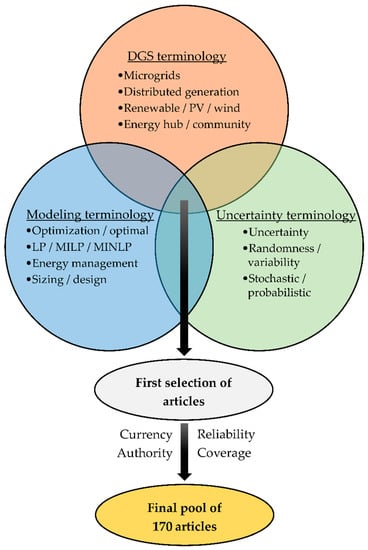
### Spaced Repetition: A Memory Technique That Can Transform Your Learning Approach
Within the realm of learning and memory, one strategy has been gaining notable attention for its effectiveness: spaced repetition. This approach transcends a mere study trick; it’s a scientifically supported method to enhance memory retention so that it lasts and is reliable over time. What adds to its appeal is the ability to leverage modern tools like apps, enabling you to use this technique effectively—adjusting your repetition timetable, boosting memory retention, and applying it to a diverse range of subjects.
### Understanding Spaced Repetition
Spaced repetition relies on a fundamental tenet of memory science: the forgetting curve. Rather than cramming extensive information into your brain quickly, spaced repetition spreads learning sessions apart, reinforcing the knowledge just prior to forgetting. This helps strengthen recall and promotes the transfer of information from short-term to long-term memory.
This method draws upon Hermann Ebbinghaus’s studies on the forgetting curve, which demonstrate that information is forgotten swiftly unless it is purposefully recalled at progressively extended intervals. By revisiting content at optimal moments, spaced repetition interferes with the forgetting process, enabling you to retain more with reduced effort.
### Mastering Your Memory
Michael Nielsen, a proponent of spaced repetition, expressed on Twitter how embracing this technique drastically altered his learning and information retention. “The greatest shift is that memory is no longer a random occurrence left to luck,” Nielsen states. “Instead, I can ensure that I will remember something with little effort: it transforms memory into a *choice*.”
This shift may seem almost unbelievable, yet it showcases the remarkable potential of spaced repetition. Rather than relying on hope for information to embed itself in your mind through luck or excessive study, spaced repetition injects deliberation and order into your learning routine. It enhances recall based on well-established cognitive phenomena like the spacing effect and retrieval practice.
### How Applications Like Anki Simplify Spaced Repetition
Traditionally, spaced repetition systems might have needed manual timestamps or complex index card systems, but applications have made this process simpler than ever. Nielsen utilizes Anki, a well-known open-source program that assists users in creating digital flashcards, customizing repetition schedules, and syncing data across various devices including computers and smartphones.
With Anki, you can design custom decks of flashcards on any topic, whether it’s a foreign language, intricate formulas, or historical details. The app’s algorithm modifies the review schedule for each card based on the ease (or difficulty) of your previous recall. When you answer a card correctly, the review interval is “spaced out,” allowing you to revisit it just as you are about to forget. Conversely, if you answer incorrectly, the system will prompt you to review it sooner, giving you an opportunity to refresh your memory.
Anki isn’t the only tool available for spaced repetition, but its ease of use and synchronization capabilities make it a popular choice among learners. For example, it’s ideal for those with busy schedules: you can input information while at a desk and review it later from your mobile device during brief downtimes—such as while waiting at a café.
### Establishing a Strong Knowledge Foundation: Memory With Insight
Although spaced repetition is effective for enhancing recall, Nielsen points out a vital consideration: simple “memorizing” doesn’t inherently equate to deep comprehension. Recall by itself does not create connections between concepts or promote conceptual understanding. Instead, it acts as a foundational element, allowing you to develop deeper insights on top of it by ensuring that you retain essential basic facts.
For this reason, it’s crucial to harmonize memory efforts with a focus on deeper understanding. Cognitive researchers Yana Weinstein and her collaborators note in their study published in *Cognitive Research: Principles and Implications* that spaced repetition is often most effective when integrated with other learning strategies, including varied practice, retrieval tasks, and interleaving (mixing different topics during study).
### Addressing Cognitive Biases: Darwin’s Approach to Learning
Another valuable—yet sometimes overlooked—advantage of spaced repetition is its potential to mitigate cognitive biases. Charles Darwin, well before the age of digital technology, identified a subtle but significant bias in human memory. In his autobiography, he confessed that facts contradicting his theories tended to “evade” his memory more easily than those consistent with his views. To counteract this, Darwin developed the habit of promptly noting any counterarguments he encountered.
In a world overflowing with information—and underlying personal biases influencing our thoughts—spaced repetition can fulfill a similar role. By purposefully incorporating “unpleasant” facts or information into an app like Anki, you make sure that these often-ignored elements are recorded and frequently revisited. This ensures that your knowledge base remains not only comprehensive but also well-rounded, preventing an imbalance caused by selective memory.
### Steps to Begin
Choosing what to incorporate into